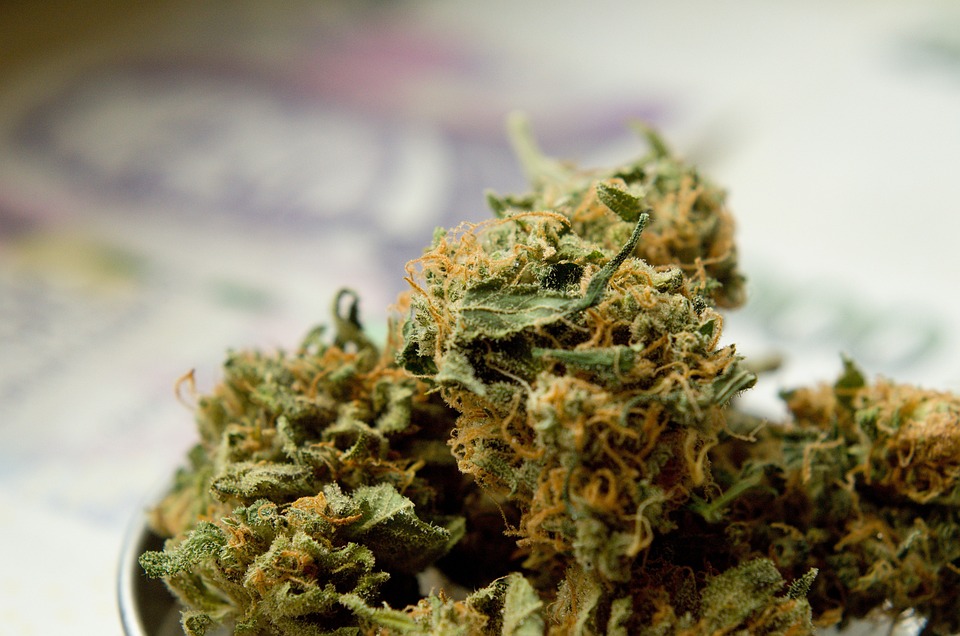In High Demand: The Rising Popularity of Growing Hemp for Textiles and Fibers
The Benefits of Growing Hemp for Textiles
As awareness of environmental issues grows, many industries are turning to sustainable alternatives to traditional materials. Hemp is one such material that is gaining popularity for its versatility and eco-friendly properties. Hemp fibers are incredibly strong and durable, making them an ideal choice for textiles. Additionally, hemp requires less water and pesticides to grow compared to other crops, making it a more sustainable option for both farmers and consumers.
The Demand for Hemp Textiles
In recent years, there has been a growing demand for hemp textiles as consumers become more conscious of the environmental impact of their purchases. Hemp clothing and accessories are not only stylish and comfortable but also have a lower carbon footprint than traditional cotton or polyester garments. As a result, many fashion brands are increasingly turning to hemp as a more sustainable and ethical alternative.
The Economics of Hemp Farming
From a farmer’s perspective, growing hemp for textiles can be a profitable venture. Hemp plants grow quickly and require minimal maintenance, making them a cost-effective crop to cultivate. In addition, hemp is a versatile material that can be used for a variety of products, from clothing and bags to home textiles and even building materials. This diversity in potential end-uses makes hemp a valuable commodity for farmers looking to diversify their crops and tap into a growing market.
The Future of Hemp in Textile Production
As the demand for sustainable textiles continues to rise, hemp is poised to play a significant role in the future of the fashion industry. With its eco-friendly properties and versatility, hemp is increasingly being used in a wide range of products, from high-end designer clothing to everyday essentials. In the coming years, we can expect to see even more innovations in hemp textile production as designers and manufacturers explore new ways to incorporate this versatile material into their collections.
Conclusion
Overall, growing hemp for textiles and fibers is an increasingly popular choice for farmers, manufacturers, and consumers alike. With its numerous environmental benefits, economic viability, and versatility, hemp is proving to be a valuable and sustainable alternative to traditional materials. As awareness of the importance of sustainability grows, we can expect to see even greater demand for hemp textiles in the future.
FAQs
What is hemp?
Hemp is a versatile plant that has been cultivated for thousands of years for its fibers, seeds, and oil. It is one of the fastest-growing plants and can be used to produce a wide range of products, including textiles, food, and biofuels.
Is hemp environmentally friendly?
Yes, hemp is considered to be a more sustainable alternative to many traditional materials. It requires less water and pesticides to grow compared to other crops, making it a more eco-friendly option for farmers. Additionally, hemp plants can absorb high levels of carbon dioxide from the atmosphere, making them a valuable tool in the fight against climate change.
What are some common uses of hemp textiles?
Hemp textiles can be used to make a variety of products, including clothing, accessories, home textiles, and even industrial materials. Hemp fibers are incredibly strong and durable, making them an ideal choice for products that require longevity and durability.


Comments are closed.